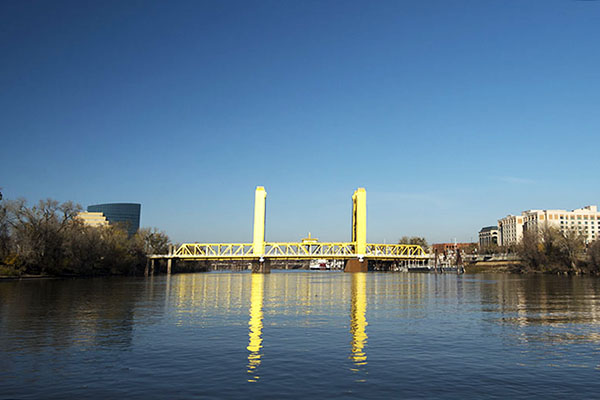
Sacramento is a cool town. I’ve lived in California for more than 40 years now, but until recently, I’d never visited Sacramento other than for quick “in and out” business trips. All that changed last year, when we spent a weekend in town to take in the Capitol, the restaurants, Old Town, the American River, and more. That “and more” part included a real gem: The California State Railroad Museum.
There are only about 45 steam locomotives built before 1880 still in existence here in the United States. The California State Railroad Museum has eight of them. The one you see below is the Virginia and Truckee Railroad No. 12 Genoa. It was a wood-burning locomotive that was shipped by the Baldwin Locomotive Company of Philadelphia in 1873. This was a popular steam locomotive configuration back in the day. In its day, more than half the locomotives in the United States were of this design.
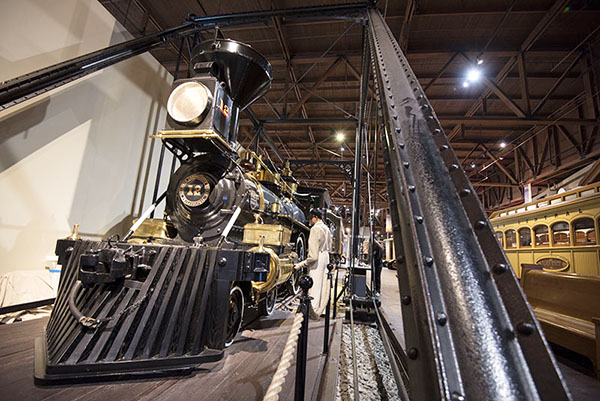
The locomotive below is an unusual one, and a configuration that I had never heard of or seen before: It’s the Southern Pacific’s No. 4294 cab forward articulated locomotive. This one has the engineer’s cab on the front of the locomotive. You’ve got to look at it for a moment to realize what’s going on.
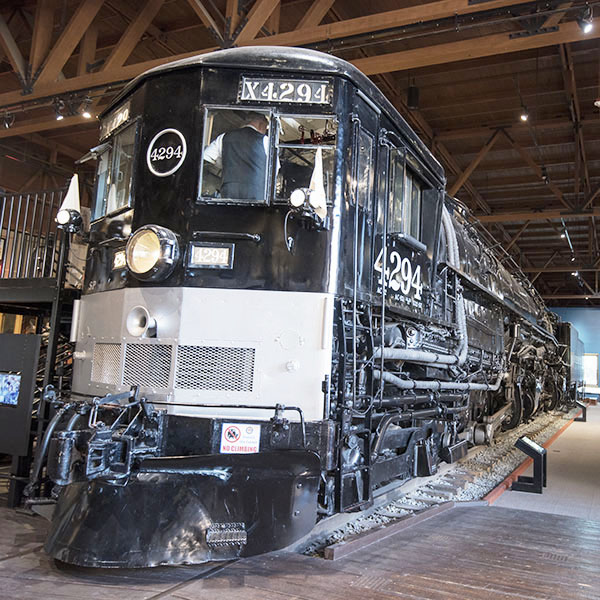
It’s easy to see why this locomotive weighs a cool one million pounds.
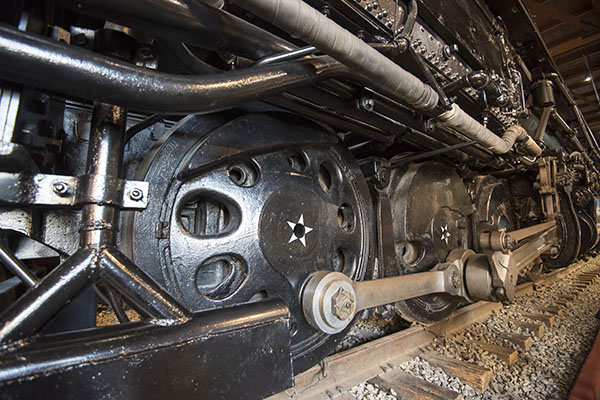
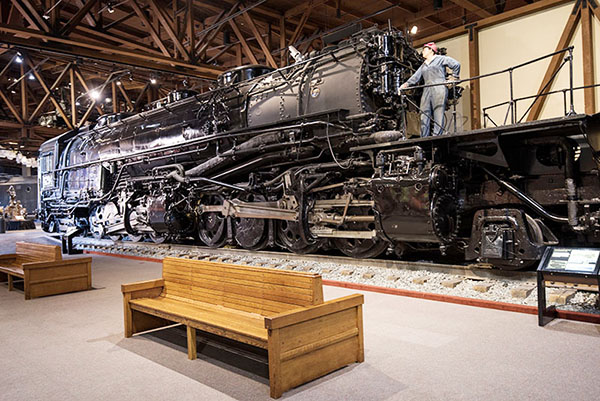
The photo below is the Virginia and Truckee Railroad’s No. 13, originally ordered in October of 1872 and delivered in 1873. Somewhere along the trajectory of its life the railroad changed it to No. 15 (you know, 13 being an unlucky number). This one was once torn down to the bones for salvage, but the team at the California Railroad Museum resurrected it to the condition you see here using period photographs as their guide. It’s brilliantly displaced with a mirror underneath so you can catch all the details.
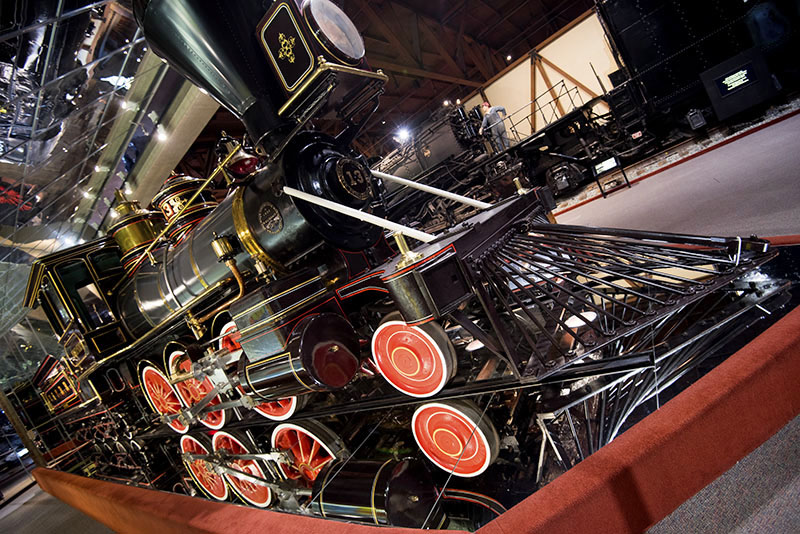
Here’s another cool old steam locomotive, also designated as No. 12. It’s the North Pacific Coast Railroad’s called the Sonoma. This one ran in service from the 1870s all the way to 1938, and then in 1939 it was restyled to look like the Central Pacific’s Jupiter (one of the two locomotives that met at Promontory Point upon completion of the Transcontinental Railroad; see Golden Spike National Historic Site) at the Golden Gate International Exposition in San Francisco. It was later restored to its original condition and colors, and ultimately donated to the California State Railroad Museum.
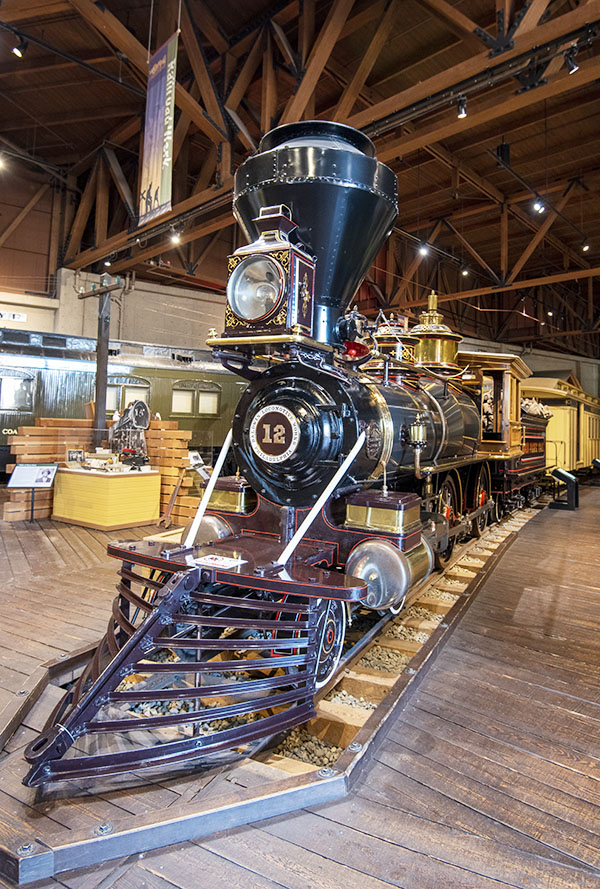
Here’s the inside of a mail carrier. This is cool stuff.
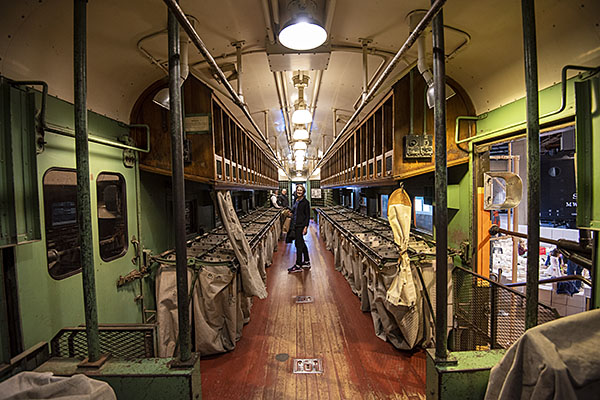
The museum also had a cool cutaway of a diesel locomotive, a configuration we’ve all seen. A few years ago I had a consulting gig at a locomotive manufacturer in Idaho, and I was surprised to learn that “diesel” locomotives are hybrids. The diesel engine turns a generator, which keeps a huge battery bank charged. The batteries power electric motors located at the wheels, which drive the locomotive. You could see all that in this cutaway locomotive.
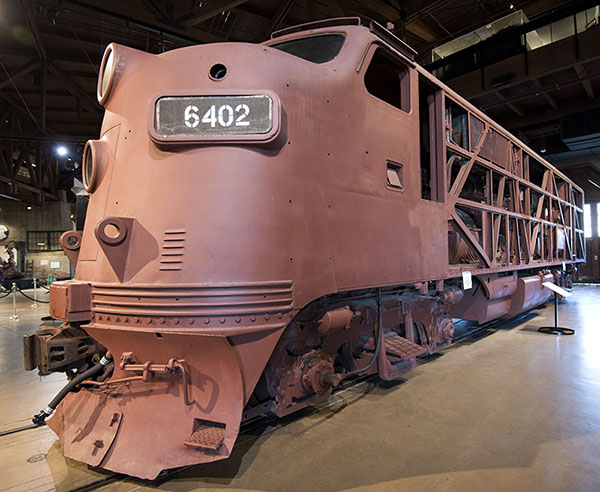
The California State Railroad Museum had several cars on display that you could enter. The one below is a dining car. Back in the day, the railroads had their own fancy china with each railroad’s logo in the dishes. It was pretty cool. The guy you see on the left is one of the museum’s docents.
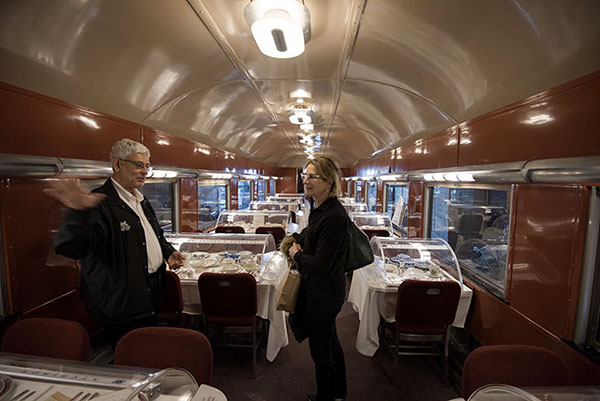
Here’s the kitchen in that same dining car. Many of the old “diners” (popular roadside restaurants in the eastern US) started their lives as dining cars. When they reached the end of their service as rolling rail cars, they were moved to highway locations and became restaurants. Then the architectural style caught on and new restaurants were constructed to resemble dining cars.
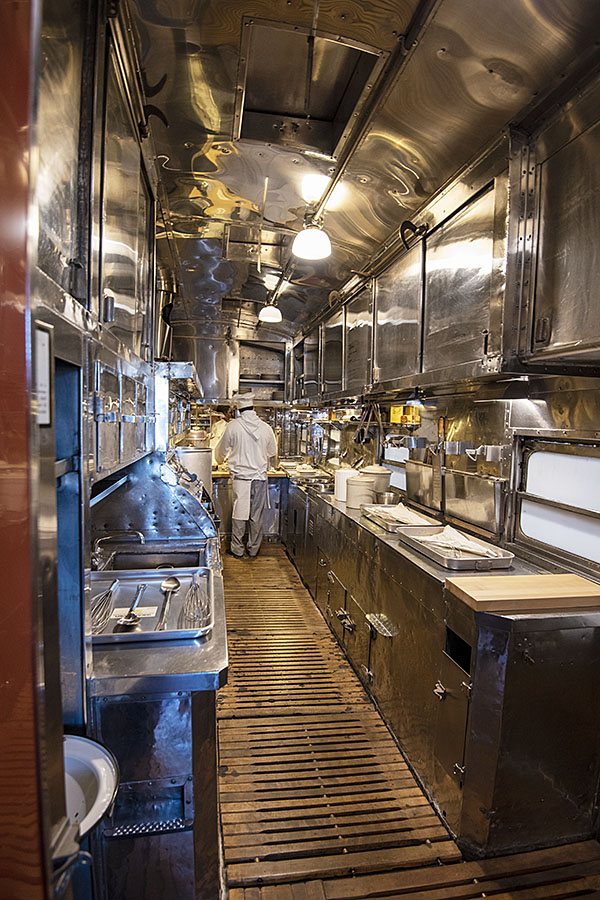
In the early days in the American West and elsewhere, the snowdrifts could get quite deep across the tracks. We saw this dramatic photo of one actually in service, and then we saw the real thing.
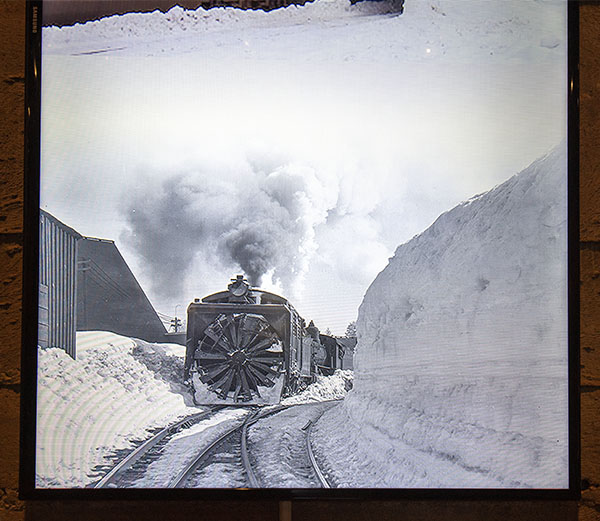
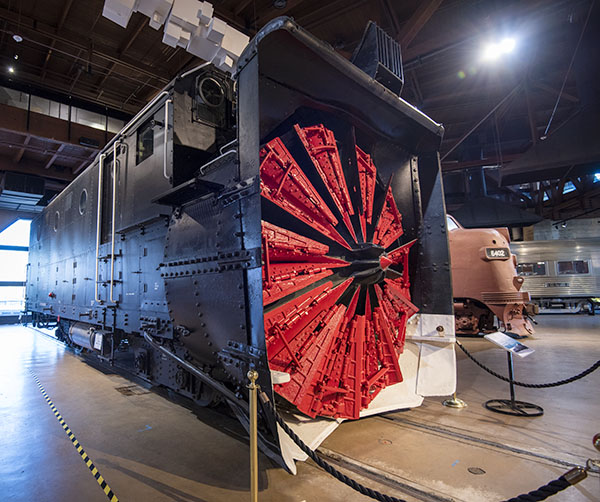
The California State Railroad Museum has a pretty cool Lionel train exhibit, too, including a wall full of collectibles. One was the Pennsylvania Railroad GG-1 electric locomotive. The Pennsy mainline ran about a half mile away from where I grew up, and when I was a kid, we used to spend a lot of time playing around those tracks and watching the trains fly by. I remember seeing the GG-1 locomotives and they were really something. The GG-1 was a sort of an art deco design from the 1930s, and they were still in service when I was a youngster in the ’50s and ’60s. The Lionel version is a real collectible. My buddy Steve has one that is new in the box.
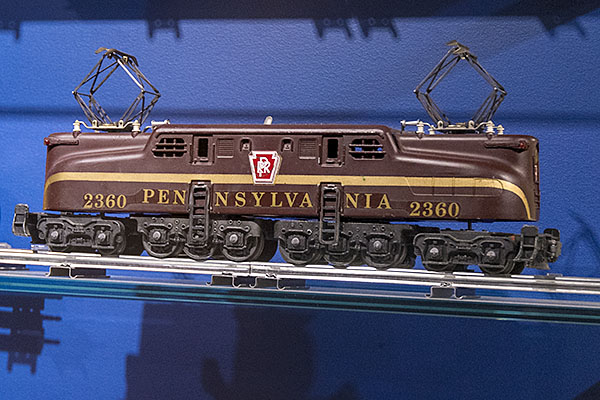
I thoroughly enjoyed my time at the California State Railroad Museum. If you’re a gearhead or a history buff, I think you will, too. While we were in Sacramento, we stayed at a hotel right at the base of the drawbridge that brings you into the downtown area (see the photo at the top of this blog), and the museum was within walking distance. You can easily spend a half a day or more in the California State Railroad Museum. It’s worth a visit.
All of the photos in this blog were shot handheld with available light (no flash), and Nikon’s 16-35 lens on a Nikon D810. It’s a heavy rig and it’s tough lugging it around, but it sure does a good job.
Want more rail stuff? Hey, we’re here for you! Check these out:
Golden Spike National Historic Site
Old No. 463
The Nevada Northern
The Chattanooga Choo Choo

This article was awesome. I will add the Museum to my list of places to go in Northern Cali. BTW – Great model you have to pose for you. She is beautiful!
Thanks, Mike. I’ll pass your compliments along to my model.
How have I missed this? Road trip!
Sacramento is a cool town. Lots to do there. Some great roads in the area, too. It was the western end of the Transcontinental Railroad, because the railroads didn’t need to go all the way to the Pacific for trade with Asia. They could transfer freight to vessels on the American River to get to the bay area and from there to the Pacific. Cool stuff.
Did they have any Shay locomotives? I love geared locomotives,
Beats me, James. You might be able to find out by contacting them directly. They have a lot of locomotives that are not on display.
I visited the RR Museum 2000 or so. It was excellent. I remember they had a passenger car that had motion and sound that made you think you were going down the track.
They had a cutaway model of one of the diesel engines. My stepson and I spent about ten minutes figuring how it worked – it was a two stroke. About the time we were done a ten year old boy walked up and pushed the button that animated the engine. That sure made it easier to understand; I was embarrassed they we had not seen the button.